Bell peppers are my favorite vegetable. And roasted bell peppers present an even sweeter spin. I’ve created this guide to help show you how to make roasted bell peppers at home. Enjoy!
I’ve grown up in the southwestern USA and have always been around bell peppers, but mostly with Mexican, New Mexican, or Tex-Mex food. When I was a kid, and into my early 20’s, I never liked them. For no other reason that I didn’t like many vegetables at all and I guess I was a little scared of them. Boy, was I missing out.
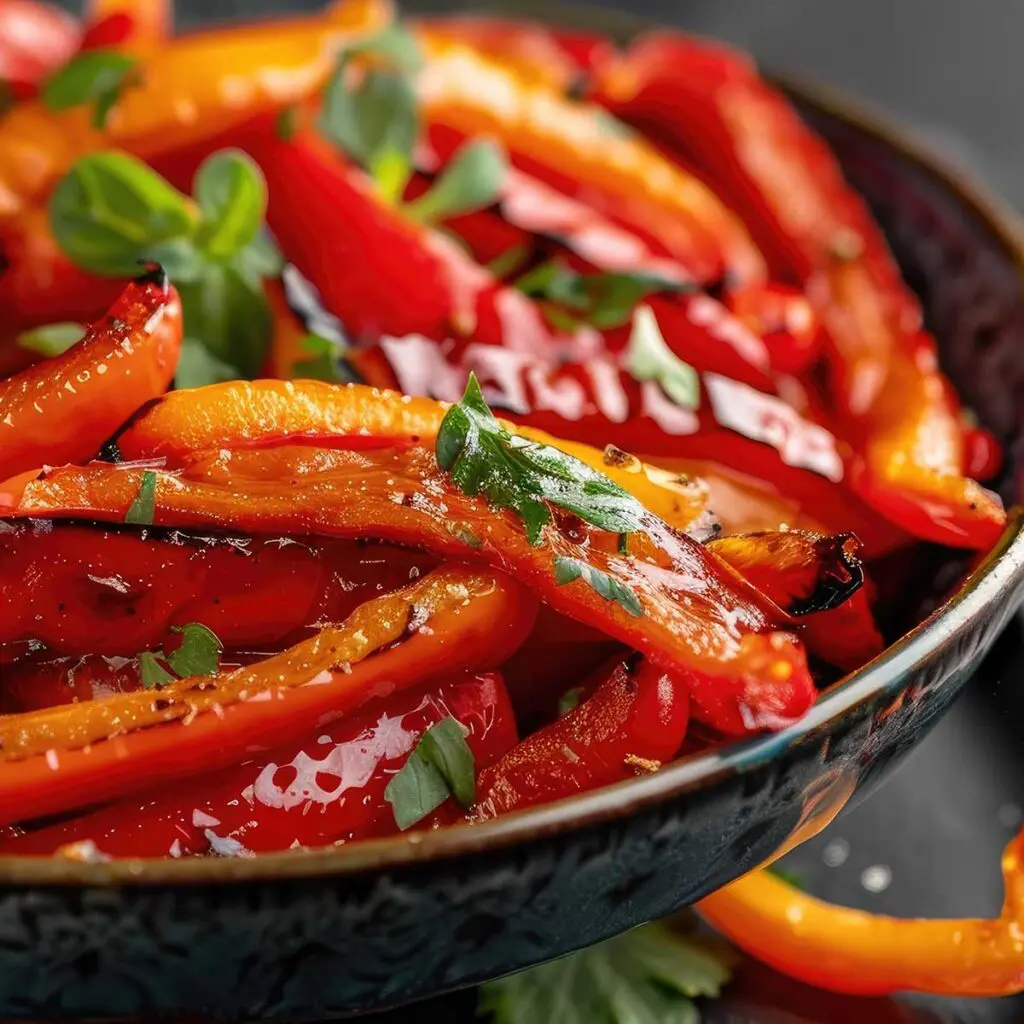
Making up for lost time I suppose, I use bell peppers all the time now. Some of my favorite ways to incorporate bell pepper into my diet are:
- Sliced thin, raw, with hummus.
- In fajitas
- Diced with eggs for breakfast
- Roasted (which I will tell you about below) on salads
- Roasted or grilled with onion as a vegetable with protein (like a steak or burgers)
Roasted bell peppers will bring out the pepper’s natural sweetness and adds a smoky flavor. This is why you see roasted bell peppers often used in salads, sandwiches, dips, and other dishes.
Before we dive into how to roast them, I want to share WHY you’d want to use roasted bell peppers. The health benefits will blow you away.
10 Health Benefits of Bell Peppers
- Rich in Vitamin C – Bell peppers, especially red ones, are loaded with vitamin C, which supports the immune system, promotes healthy skin, and helps with wound healing.
- High in Antioxidants – They contain antioxidants like beta-carotene, quercetin, and luteolin, which help protect cells from damage and reduce inflammation.
- Good for Eye Health – Bell peppers are rich in carotenoids such as lutein and zeaxanthin, which are essential for eye health and may help prevent age-related macular degeneration.
- Supports Heart Health – The antioxidants and fiber in bell peppers can help lower blood pressure and cholesterol levels, reducing the risk of heart disease.
- Boosts Metabolism – Bell peppers contain capsaicinoids (especially in spicier varieties), which may aid in boosting metabolism and fat burning.
- Aids in Digestion – They are a good source of fiber, which supports healthy digestion and can help prevent constipation.
- Supports a Healthy Pregnancy – The folate in bell peppers is essential for fetal development and helps prevent neural tube defects.
- Low in Calories – Bell peppers are low in calories and high in water content, making them a great addition to a weight-loss-friendly diet.
- May Reduce Cancer Risk – The combination of antioxidants and anti-inflammatory compounds in bell peppers may help lower the risk of certain cancers.
- Improves Skin and Hair Health – The high vitamin C content helps in collagen production, keeping skin firm and aiding in healthy hair growth.
Now let’s talk about roasting the bell pepper and why we’d want to do it.
Why You Would Want to Roast Bell Peppers at Home
Roasting red bell peppers intensifies their natural sweetness while adding a slight charred taste that complements a variety of recipes. Here are a few benefits of roasting your own peppers:

- Better Flavor: The roasting process caramelizes the sugars, making the peppers taste richer and deeper.
- No Added Preservatives: Store-bought roasted peppers often contain preservatives or excess sodium.
- Versatility: You can use roasted peppers in salads, sandwiches, pasta dishes, soups, and spreads.
- Cost-Effective: Roasting your own peppers saves you money. You can buy a couple of bell peppers at the store for $1-$3. A small jar of roasted peppers will cost you more and you get less.
What You’ll Need to Roast Your Own Bell Peppers
Gather the Ingredients
- Fresh red bell peppers (you can do 1 or as many as you want)
- Olive oil for storing (optional)
- Salt for seasoning (optional)
Ready Your Equipment
- Stove (gas or electric). A grill works too.
- Long metal tongs
- Cooling rack (if you have one – optional for even charring)
- Metal bowl (or something heatproof)
- Plastic wrap, foil, or a plate with a lid
- Knife and cutting board
- Paper towels or a clean kitchen towel
Step-by-Step Guide to Roasting Bell Peppers on a Stove
Step 1: Prepare the Peppers
- Wash the peppers with water
- Dry the peppers with a paper towel
- Leave them whole and do not remove the stems yet
Step 2: Place the Peppers Over the Flame
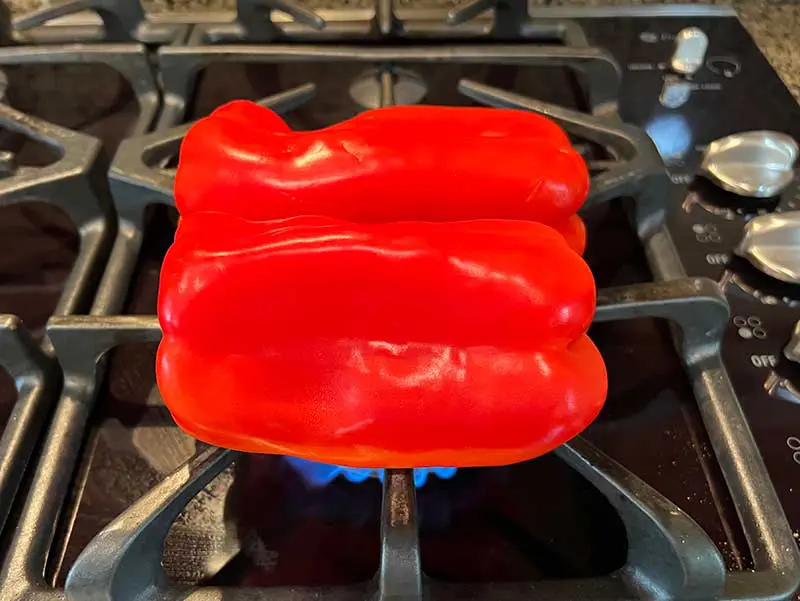
- Gas stove: Turn on flame to medium-high heat. This will vary depending on the burner size, but basically you just don’t want to burn the peppers. This isn’t a bonfire.
- Electric stove: Set heat to high.
- Place pepper (using tongs) directly on the burner.
- If using a metal cooling rack, place it over the burner and set the pepper on top for even roasting.
Step 3: Roast the Peppers Evenly
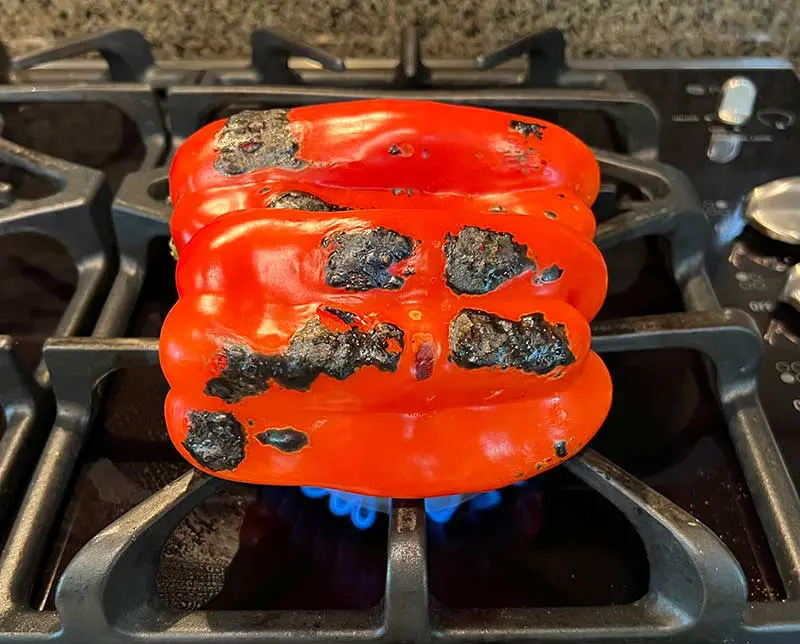
- Keep an eye on your peppers and watch for the skin to begin to bubble and char.
- Using tongs, rotate the pepper frequently to ensure all sides get charred evenly.
- By the end of the process, your pepper should be covered in black, charred, bubbly skin.
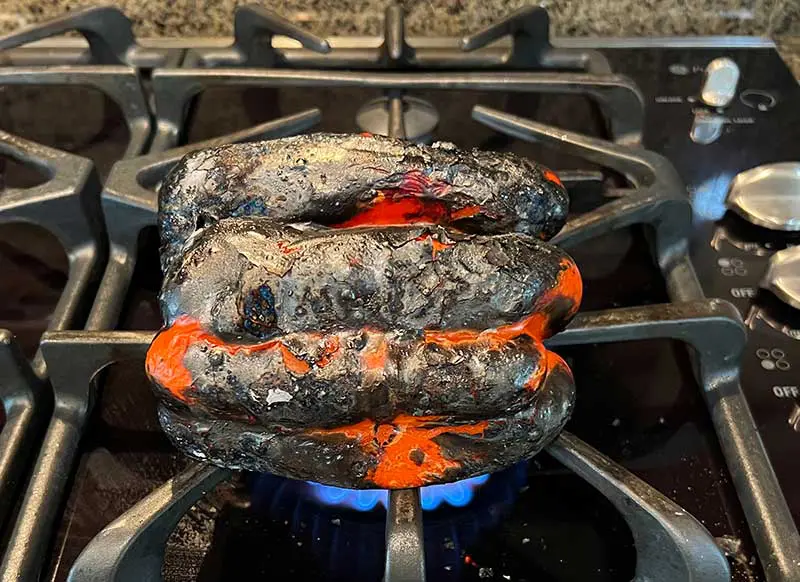
Step 4: Steam the Peppers
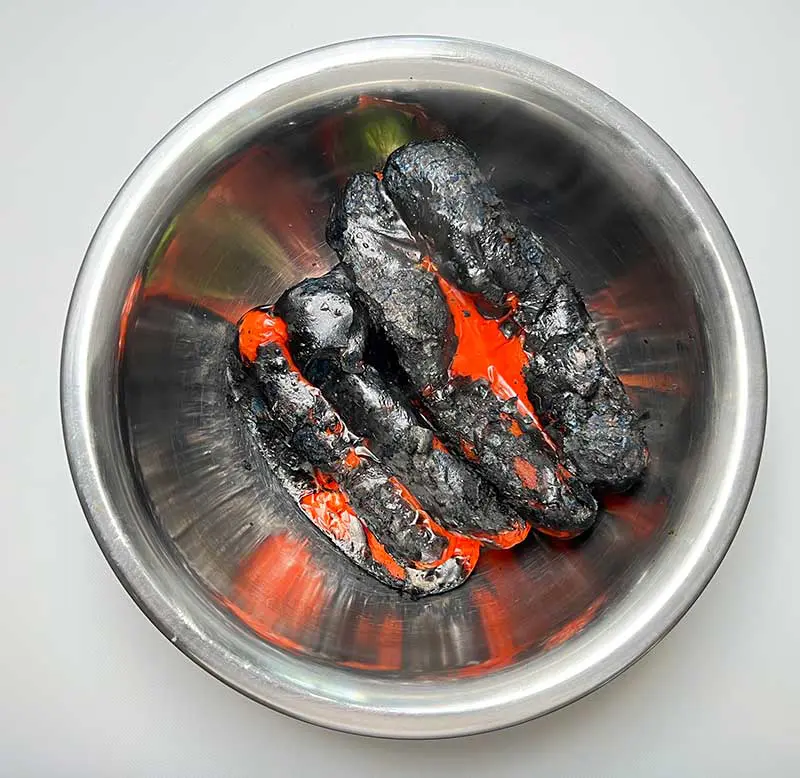
- When your pepper is done, remove it from the flame and put into a metal bowl (or plastic, as long as its heatproof).
- Cover the bowl with plastic wrap, foil, or even a plate.
- Let the peppers steam for about 10-15 minutes. This helps loosen the charred skin, making it easier to peel.

Step 5: Peel and Clean the Peppers

- Once you’re done steaming, remove the cover/wrap from the bowl and let the peppers cool a little. You don’t want to burn your fingers.
- Use your fingers, or a paper towel, to rub the pepper. You’ll be rubbing it to gently remove the skin. A popular method is to run the pepper under running water as you do this, but I say DON’T do that. Rinsing can wash away the smoky flavor.
- Once the skin is removed, cut off the stems and slice the pepper open.
- Remove the seeds and inner membranes.
- If desired, lightly season with salt or drizzle with olive oil.

Suggested Recipes for Roasted Bell Pepper
Southwest Spinach Salad with Sauteed Chicken and Bell Pepper
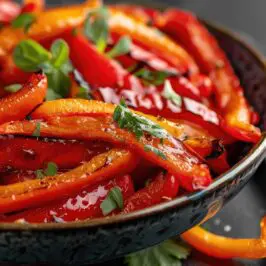
Homemade Roasted Bell Peppers
Ingredients
- 2 Bell peppers Any color
Instructions
- Prepare the peppers by washing with water and drying with a paper towel. Leave them whole and do not remove the stems yet.
- If using a gas stove: Turn on flame to medium-high heat. This will vary depending on the burner size, but basically you just want to char the skin, not cook the flesh.If using an electric stove: Set heat to high.
- Place pepper (using tongs) directly on the burner.
- Keep an eye on your peppers and watch for the skin to begin to bubble and char. Using tongs, rotate the pepper frequently to ensure all sides get charred evenly. By the end of the process, your pepper should be covered in black, charred, bubbly skin.
- Steam the peppers. When your pepper is done, remove it from the flame and put into a metal bowl (or plastic, as long as its heatproof). Cover the bowl with plastic wrap, foil, or even a plate. Let the peppers steam for about 10-15 minutes. This helps loosen the charred skin, making it easier to peel.
- Once you’re done steaming, remove the cover/wrap from the bowl and let the peppers cool a little. Use your fingers, or a paper towel, to rub the pepper. You’ll be rubbing it to gently remove the skin. Avoid rinsing with water while peeling. Rinsing can wash away the smoky flavor.
Nutrition
How to Store Roasted Bell Peppers
Once roasted, you can store your peppers in different ways:
Short-Term Storage (Up to 1 Week)
- Store the peeled peppers in an airtight container in the fridge.
- You can drizzle a little olive oil on them to keep them moist.
- Store in the refrigerator for up to 7 days.
Long-Term Storage (Up to 3 Months)
- Place the peppers flat in a single layer on a baking sheet. Freeze for about an hour.
- When frozen, put the peppers into a freezer-safe Ziploc bag.
- You can store in the freezer for up to 3 months.
- To use, thaw them in the refrigerator or at room temperature.
Ways to Use Roasted Peppers

Now that you have perfectly roasted red bell peppers, here are some delicious ways to use them:
- Salads: Slice and toss into fresh salads for a smoky touch.
- Sandwiches & Wraps: Layer in sandwiches or wraps for extra flavor.
- Pasta & Pizza: Chop and add to pasta dishes or as a pizza topping.
- Soups & Sauces: You can puree into flavorful sauces, or dice and add to soups.
- Dips & Spreads: Make roasted red pepper hummus or a creamy dip.
Tips for Perfectly Roasted Peppers
- Don’t Overcook: The goal is to char the skin, not burn the flesh inside.
- Use the Right Tongs: Metal tongs with a firm grip make it easier to handle the peppers.
- Let Them Steam Properly: Steaming is crucial for easy peeling.
- Avoid Water Rinsing: This preserves the smoky essence of the peppers.
- Roast in Batches: If making a large quantity, roast in small batches for better control.



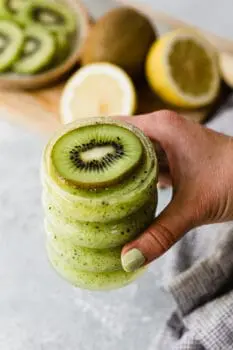


Leave a Reply